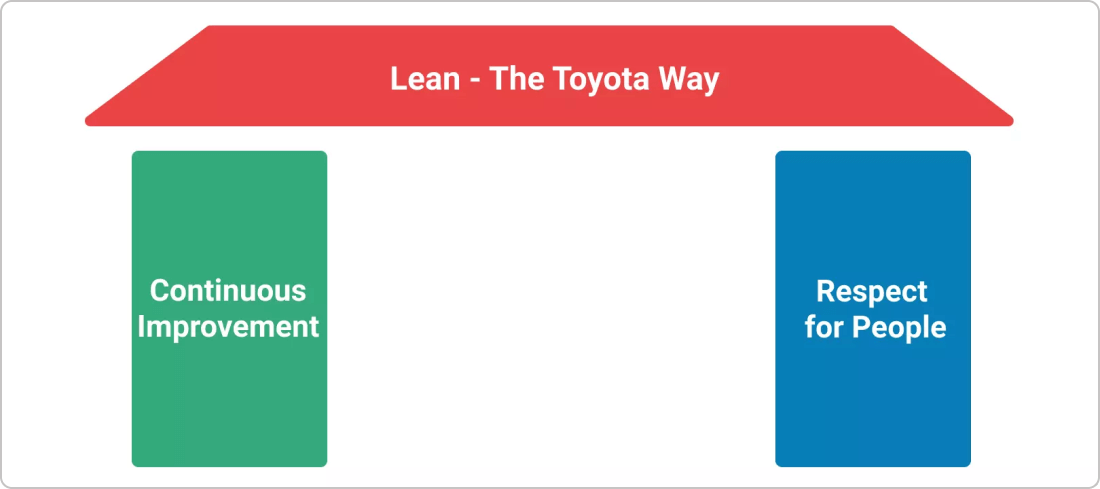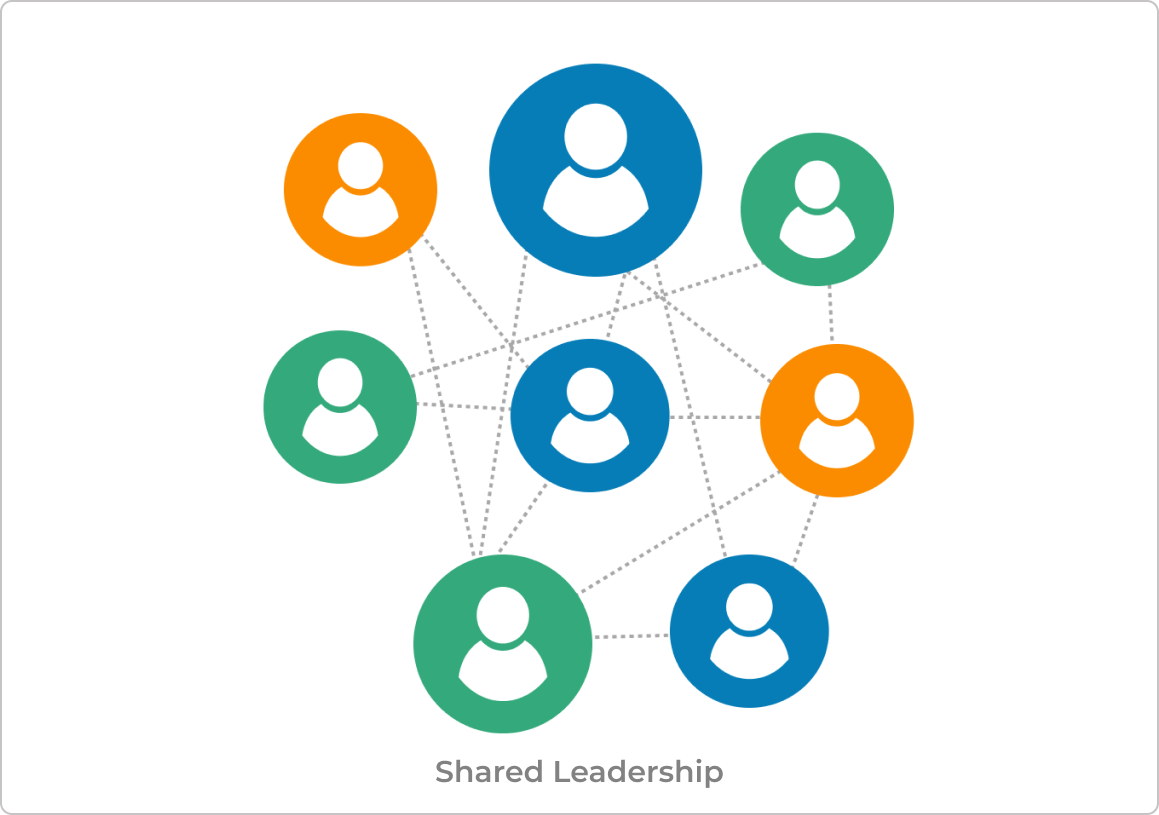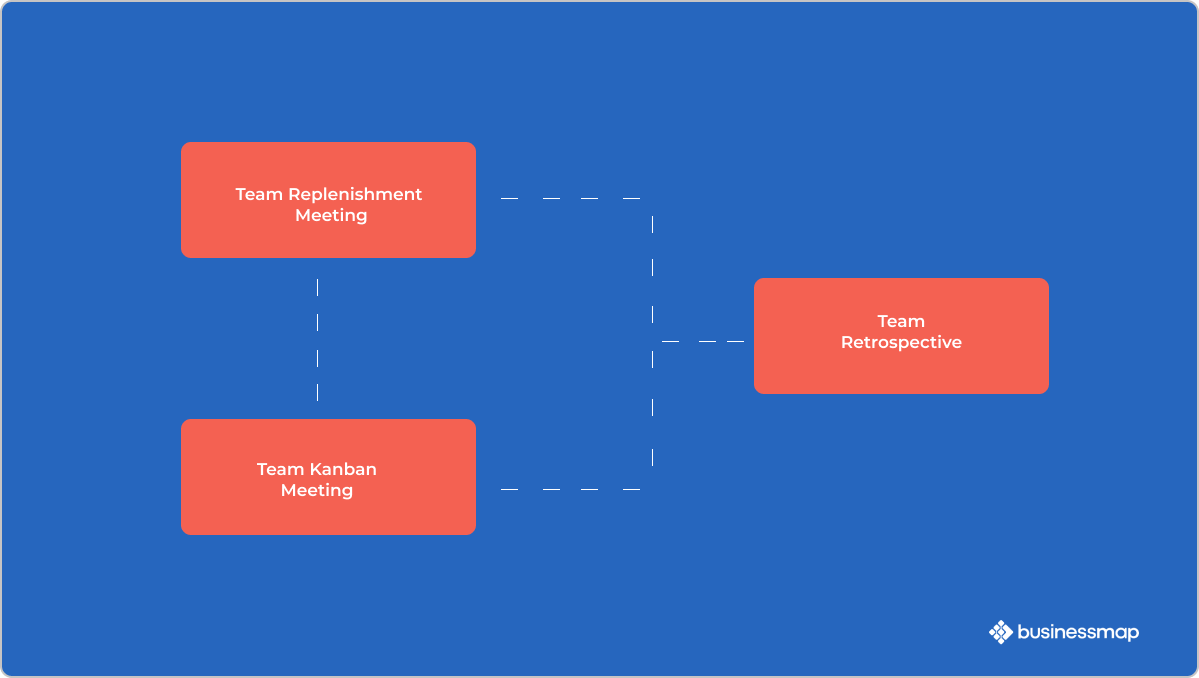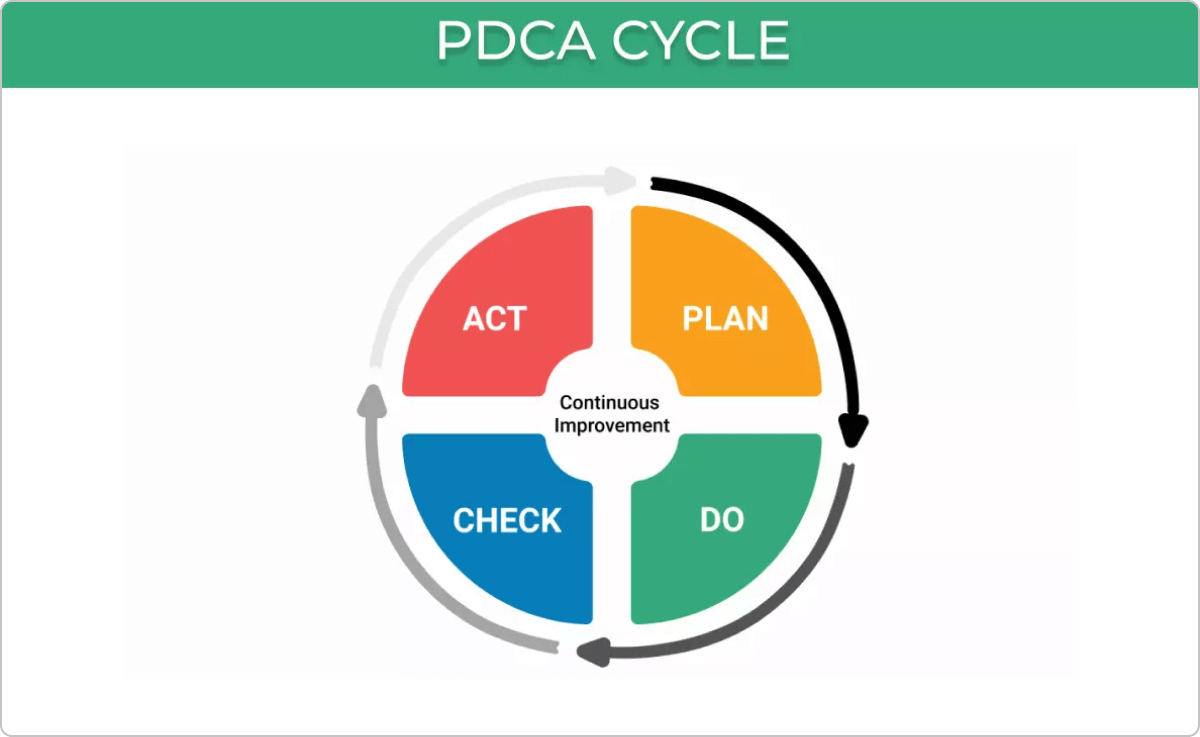Chances are you've heard or read stories about the capabilities of Lean to transform processes or entire organizations. But, if you ever felt lost figuring out how people achieve it, we're here to share our take and experience on the matter.
We'll focus on the Lean pillars and how you can use them to achieve an effective organizational change. The idea is not to oppose the pillars of Lean versus the means but to understand their relationship and ability to make your organization successful through continuous learning.
To successfully apply the Lean methodology in practice, let's explore its roots and understand the logic behind it.
What Are the Two Pillars of Lean?
Toyota was one of the pioneers in successfully implementing lean manufacturing, which led to the creation of the so-called Toyota Production System (TPS). As a result of the "just-in-time" production concept and other techniques which made the company one of the biggest car manufacturers, Lean is now widely applied to various industries.
But the success of Toyota Production System (TPS) and other companies that implemented Lean is deeply rooted in the thinking behind the methodology. Moreover, Lean thinking has proven its ability to transform entire organizational processes. But what makes it so effective? Let's take a closer look at its two main pillars:
-
Respect for People
At its core, this pillar comes to emphasize the importance of people in an organization. Caring is key to creating and delivering real value rather than simply producing output. By transferring more ownership over to team members, you will build trust across all levels in your organization. Shared leadership and increased trust will also boost your team's morale.
-
Continuous Improvement
Focusing on continuously improving the way you work is essential in the Lean world. Through constant experimentation, promoting knowledge sharing, and introducing small changes one at a time, you will cultivate a culture that "there is always a better way" to do things. This will result in increased quality, more efficient ways to deliver to your customers, as well as accelerated innovation.
 Continuous improvement and respect for people - the pillars of Lean
Continuous improvement and respect for people - the pillars of Lean
How the Lean Pillars Support Organizational Culture Change?
To fully understand the benefits Lean thinking can bring to your organization, let's see how it supports the transformation of a company's culture. What do respect for people and continuous improvement mean to you?
Shared Leadership
As suggested, respect for people in the Lean world brings focus to each individual contribution - be it work, an idea, or an opinion. An organization where everyone is heard, and their opinion matters creates an environment of shared responsibility. On the one hand, people become more involved and driven to improve the way work is done. On the other, they are empowered to think in innovative ways and generate new ideas.
 Shared leadership
Shared leadership
Reduced Overburdening and Micromanagement
The true power of the Lean pillar, "respect for people," lies in the trust that team members can be the driving force of necessary changes toward eliminating waste and improving the work process. One such example is the "pull" rather than "push" ways of working.
Establishing a pull system, one of the core Lean principles, helps relieve your team members from overburdening. They would be responsible for planning their own work instead of having a single authority constantly pushing more work down the pipeline. It also prevents overproduction by delivering only what's in demand.
Letting people pull the work items once they are available to do so not only reduces stress and micromanagement but also helps build trust among team members. But, more importantly, pulling the work according to each team member's capacity helps you create a more stable workflow so you can increase the predictability in the delivery of your products/services and meet customers' expectations.
Furthermore, when people have a sense of shared responsibility, they become more efficient at self-organizing their workflow. As they feel like valuable assets, not expendable resources, they will start contributing to your company's growth in general.
Better Service Delivery
As a result of enhanced cross-company communication with respect and care for everyone's input, team members become the driving force toward continuous improvement. Motivated teams change the company's organizational culture, which results in improved efficiency and better product/service quality and delivery.
For example, by implementing regular feedback loops, you can introduce frequent opportunities to revisit your processes, experiments, campaigns, etc. The idea is to see what has worked, and what hasn't, extract learnings as early as possible, and then test new ideas so you can continuously improve.
For instance, we at Businessmap constantly conduct experiments and learn from the results to improve our work through Lean processes. We discuss these outcomes during one of the Team cadences/feedback loops in our workflow, which focuses on the continuous improvement of the way we operate.
 Kanban team feedback loops
Kanban team feedback loops
Process Predictability
Understanding the true meaning of the Lean pillar "continuous improvement", will help you create a workflow where defects are continuously resolved. It also builds a process generating maximum value to your customers at all times.
Through working on a small scale, verifying the outcome, and applying immediate feedback to it, Lean helps you improve, reduce the need for rework, and remove waste causing delivery delays. As a result, you will establish more control over work variability and create more predictable and delivery processes.
Moreover, these dynamics nurture an organizational mindset where change is embraced and does not cause big disruptions.
How to Implement the Lean Pillars?
Before jumping to implementation, it is crucial that you have a thorough understanding of the Lean building blocks.
In other words, the first step in your journey to transforming your organization is understanding the Lean pillars. Next, to help you gradually implement them and shift the organizational mindset, there are methods and different techniques at your disposal to support you along the way. Here are some of the most prominent ones:
- Kanban - The Lean pillars are deeply rooted in Kanban. The method helps you visualize work and embrace a Kanban pull system instead of push ways of working through limiting work in progress.
 Kanban board elements
Kanban board elements
- Value Stream Mapping - The Lean practice helps to analyze and optimize your process. It can be successfully implemented through the Kanban method which allows you to visualize all stages in your workflow, spot and gradually remove wasteful activities, so you can make your process more efficient.
- Plan-Do-Check-Act (PDCA) - By working on a small scale, and implementing feedback on the spot, the model drives continuous improvement. An example of implementing PDCA in practice is the cadences/feedback loops that we mentioned above.
 Plan-Do-Check-Act (PDCA) scheme
Plan-Do-Check-Act (PDCA) scheme
- Heijunka - The method helps to find a steady delivery pace ("takt time"). In a manufacturing environment, this means reducing overproduction and leveling the production sequence. In knowledge work, you can use the technique with the help of Kanban's practices to build a continuous flow within your process and improve predictability.
Of course, there are many more Lean techniques you can explore and experiment with: Bottleneck analysis, A3 Problem-Solving methodology, 5 Whys model, and more.
The tools you use, the training you engage in, all the techniques you see fit for your purpose should support you in your journey to creating real value for your customers. What's more important is to strive to surround yourself with people who ask questions - it simply means they care.
Wrap Up
The two Lean pillars aim to emphasize everyone's input and build an organizational culture of embracing changes. In other words, let the people drive the improvement through constant learning and experimenting.
Building an organizational mindset where change is embraced is what would put you always one step ahead in the game. So, go ahead and encourage your team to experiment: failure or improvement, it all counts.

Iva Krasteva
Content Creator Expert | Agile Practitioner | Kanban Certified
With a background in Intellectual Property, SEO, content writing, and training in Lean, Agile, and Kanban, Iva is an enthusiastic Agile practitioner who embraces collaboration and flexibility every step of the way. Driven by constant learning and knowledge and fascinated by people's creativity.



